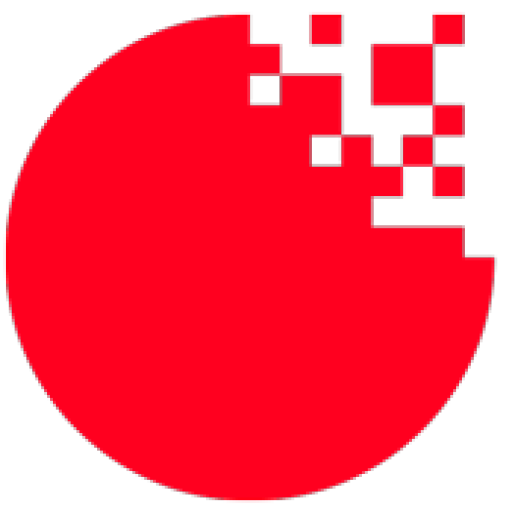Search results for: “Layer”
-
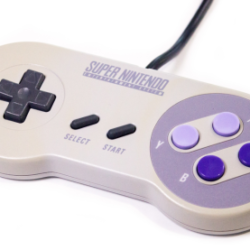
FlatRedBall Moves to .NET 6 and Much More!
FlatRedBall is now making a big upgrade to .NET and MonoGame 3.8.1. This means the FlatRedBall Editor (aka Glue) and new game projects are on .NET 6. This upgrade brings along a lot of changes to FlatRedBall, so let’s dive in! Note that some of the changes below require creating a new .NET 6 project…
-
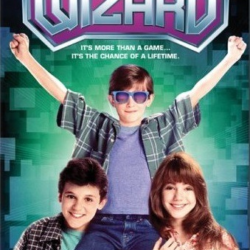
Announcing Glue Wizard
FlatRedBall Glue has always been a program for improving the speed of game development. The latest version includes a wizard which greatly simplifies new project setup. Previously, even as recent as a month ago, setting up a new project with levels, a player entity, collision, and tiled map files could take an experienced FlatRedBall user over…
-
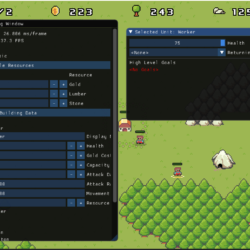
Dear ImGui Integration
The Dear ImGui open source library provides a cross-platform way to quickly make user interfaces. While it is not as pretty as interfaces made in Gum, it does allow for quick creation of powerful UIs for certain audiences. It has found significant usage for in-engine game development tools, even in high profile AAA games such as the…
-
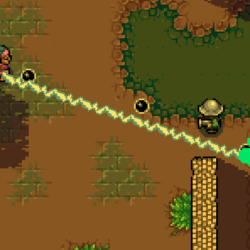
The latest monthly Teotihuacan is available
The latest monthly named Teotihuacan – named after the ancient city located in modern Mexico – is now available on github and through the Glue New Project creator. It is the largest starter and monthly project to date, containing many new FlatRedBall technologies for making development faster than ever. Of course, it’s also a blast to…
-
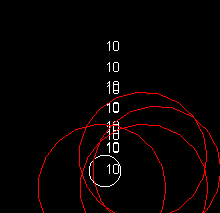
Creating Damage Over Time
Introduction Many game types include collidable areas which deal damage over time to characters or enemies within the area. This type of behavior can be accomplished in Glue with a little setup. This post shows how to implement damage over time using standard entities. Damage Over Time vs. Simple Collision The simplest situation for damage…
-
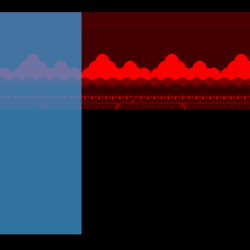
Tiled Plugin 1.7 – Alpha and Color
The latest version of the Tiled plugin adds per-layer Alpha and Color (Red, Green, and Blue) values, enabling even more flexibility in rendering .tmx files. Alpha From TMX The Tiled program supports alpha values on each layer. Setting the alpha on a layer will automatically apply that alpha when the game runs. Changing Color/Alpha in…
-
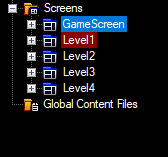
Derived Screens as a Levels
The latest version of FlatRedBall, Glue, and the Tiled plugin include features to support a new approach for creating levels – using derived screens. Screen inheritance has been available in Glue for many years, but the latest set of features revive this functionality and make level creation easier than ever. Old vs. New Levels are…
-
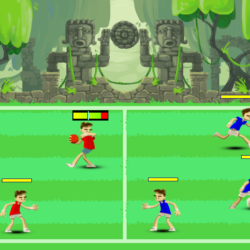
New Starter Project: Legend of Dodgeball
Continuing the tradition of month-long starter projects, we’ve released our latest which is titled Legend of Dodgeball. What is Legend of Dodgeball? Legend of Dodgeball is a multiplayer (local) coop or competitive sports game. It can be played with up to 4 players, and the AI difficulty can be adjusted to provide a greater challenge. https://www.youtube.com/watch?v=fuHH3LTYS6g…
-
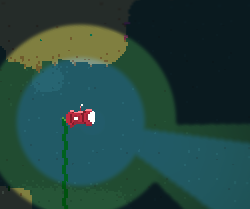
New Starter Project: Anfloga
Our latest starter project titled Anfloga is now available for download. What is Anfloga? Anfloga is a starter project developed over the course of one month. It’s a story-rich game where you, a submarine pilot, must explore a remote planet to mine crystals, survive, and ultimately discover the secrets of the Anfloga Mining Corporation. How Can…
-
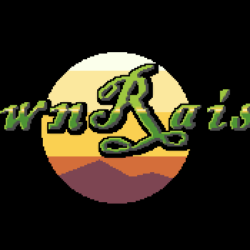
New Starter Project: TownRaiser
Today brings the release our the fourth (and largest) FlatRedBall starter project called TownRaiser, nostalgically named after the SNES classic ActRaiser. What’s is TownRaiser? TownRaiser is a RTS/town builder hybrid game. Players can build a town, train troops, and explore the map to fight enemies. How Can I Play TownRaiser? Unlike previous starter projects, you…
